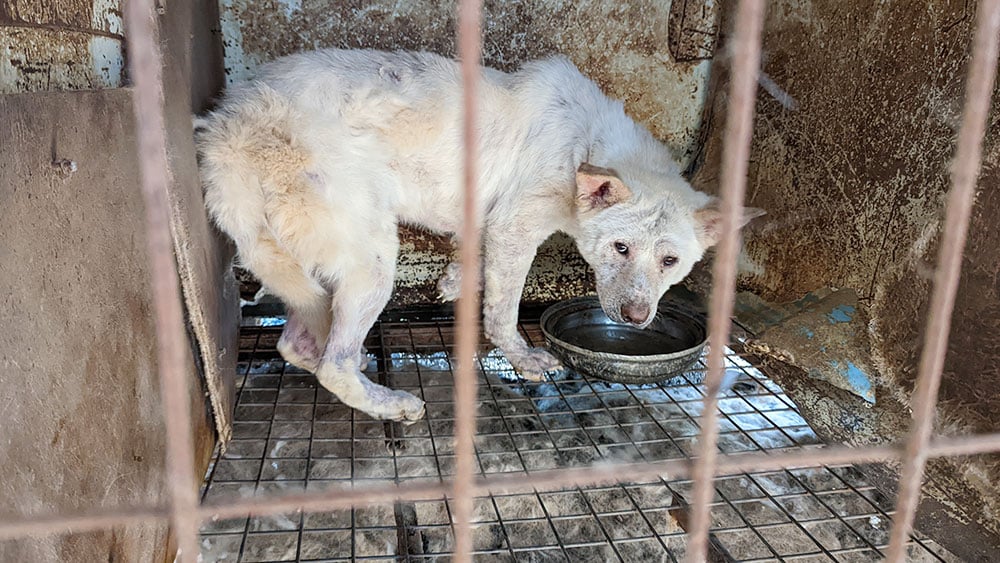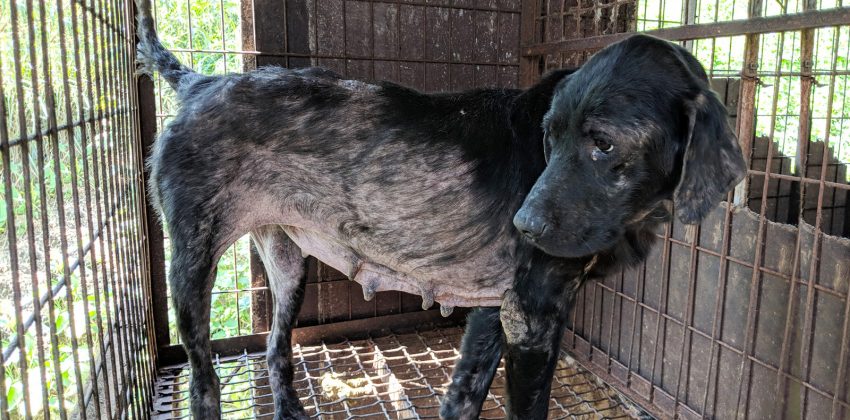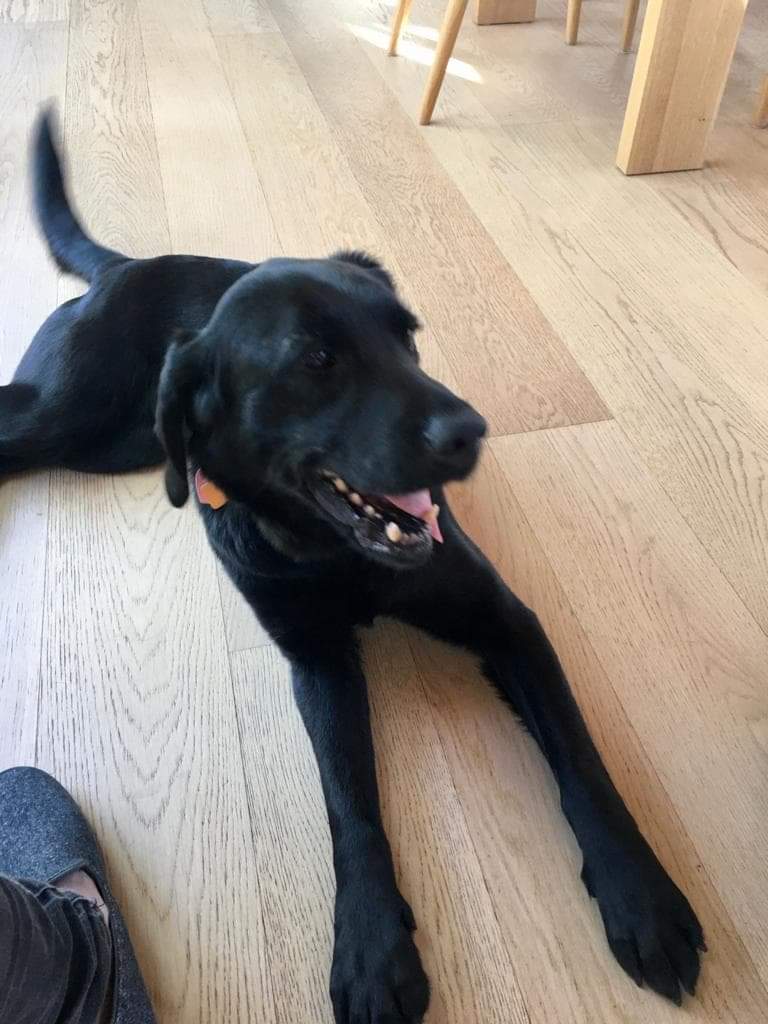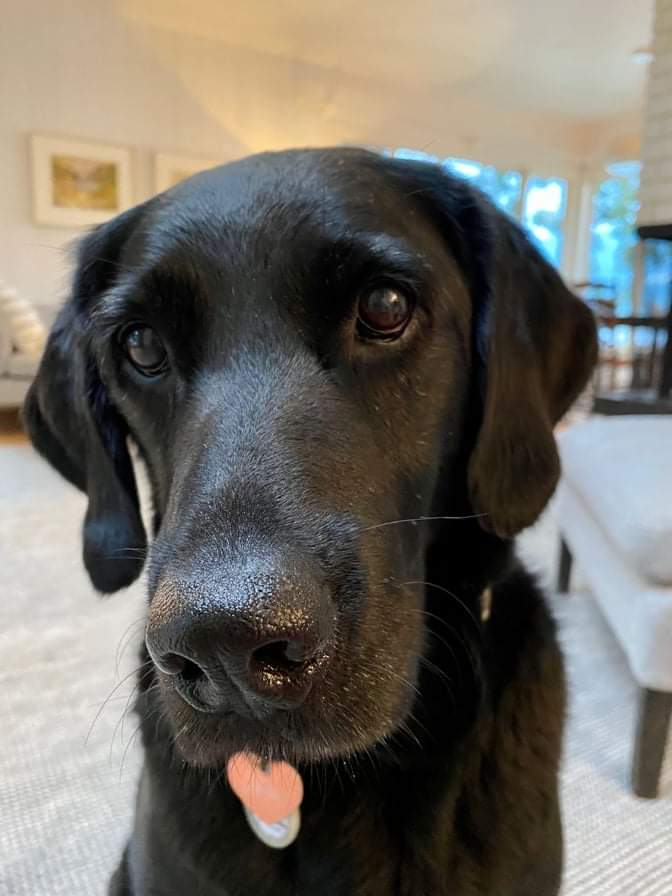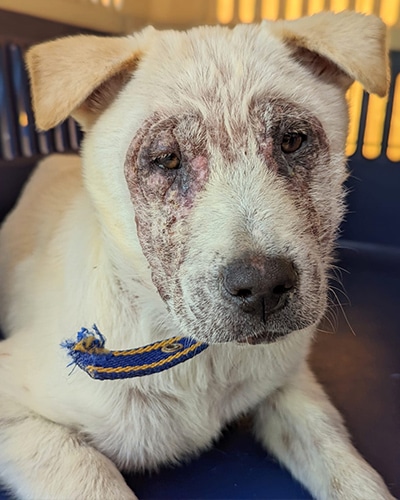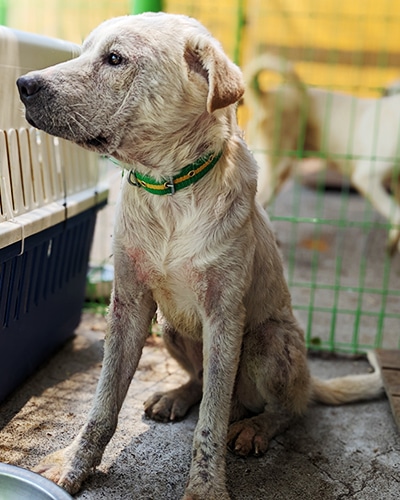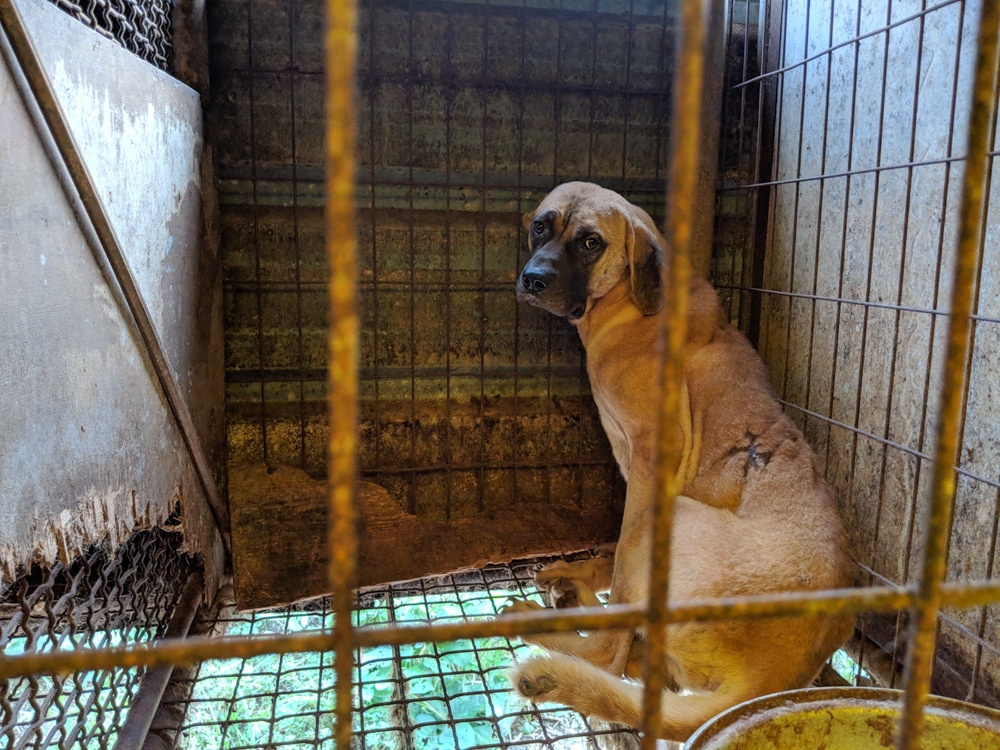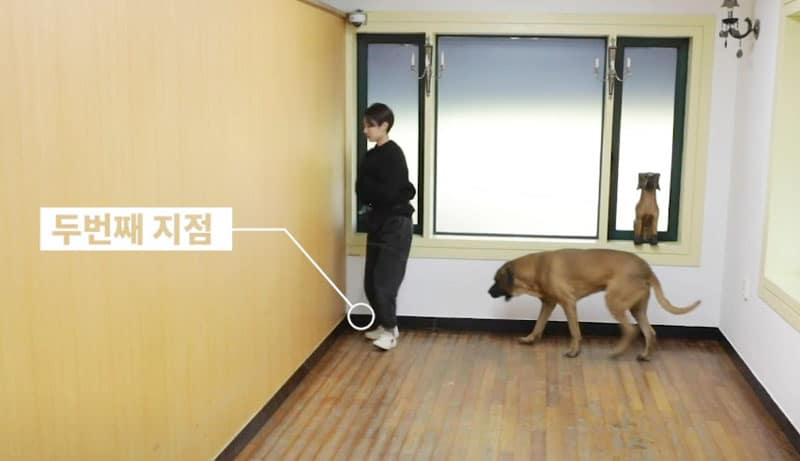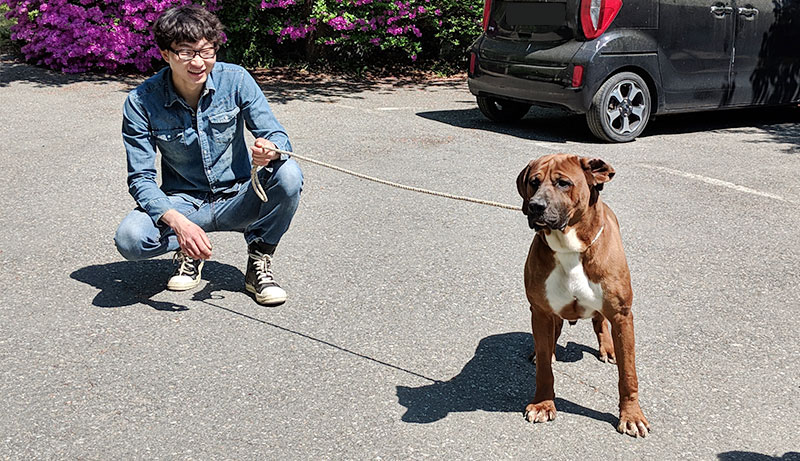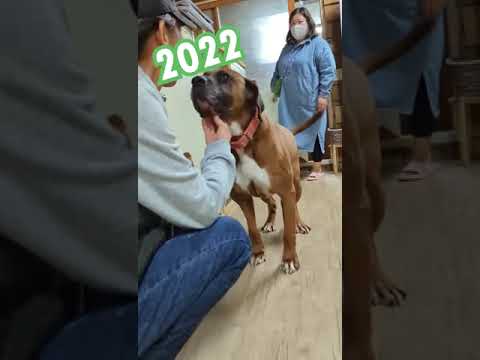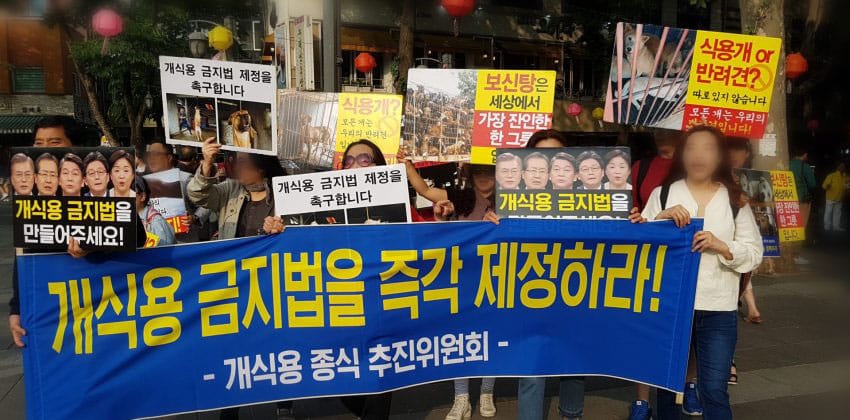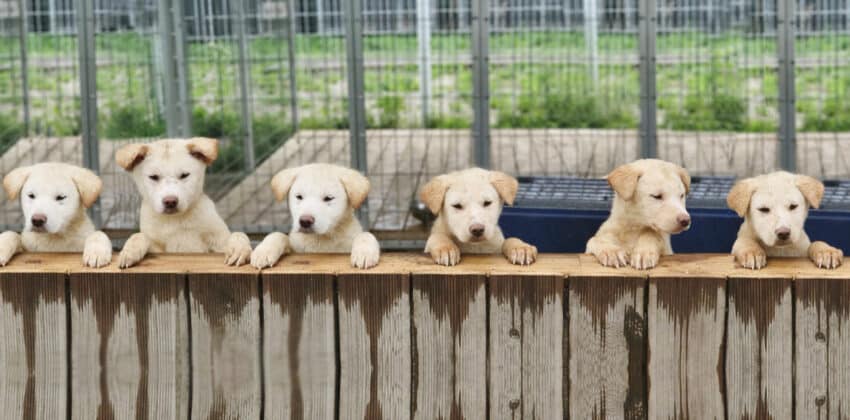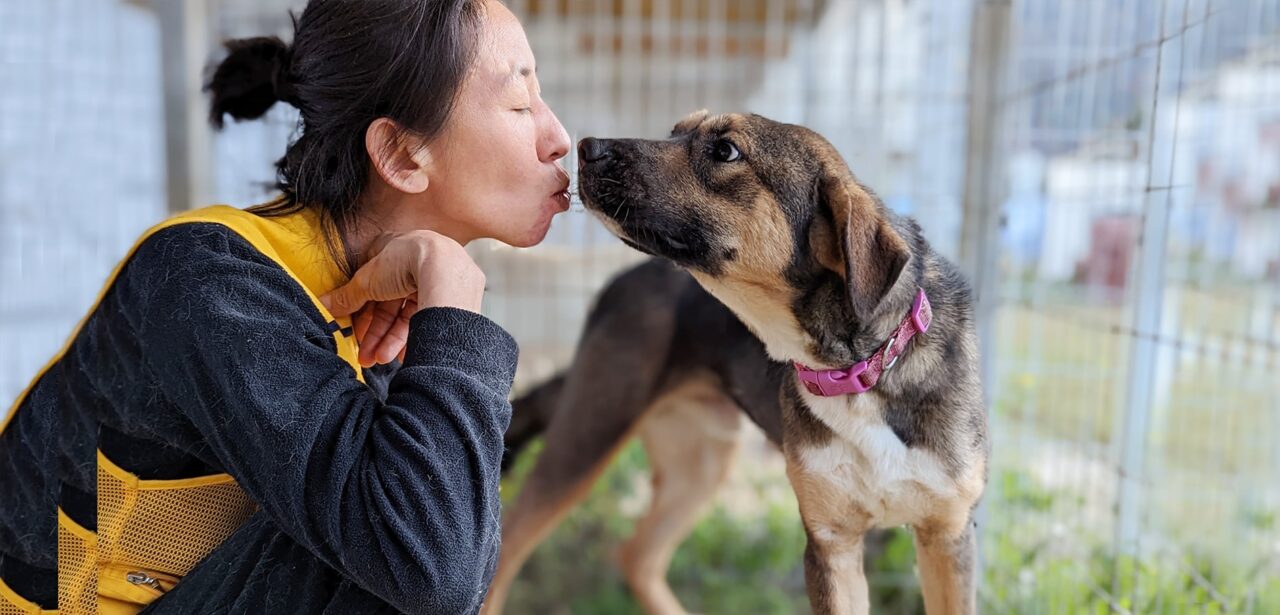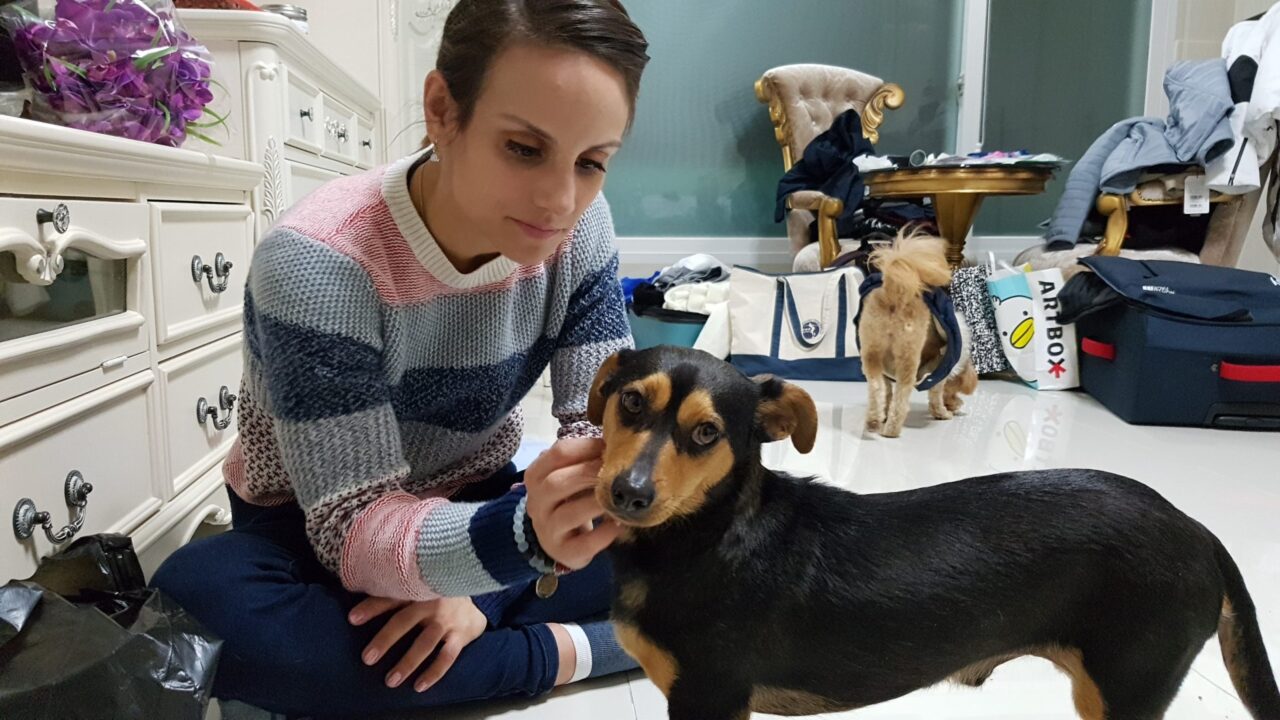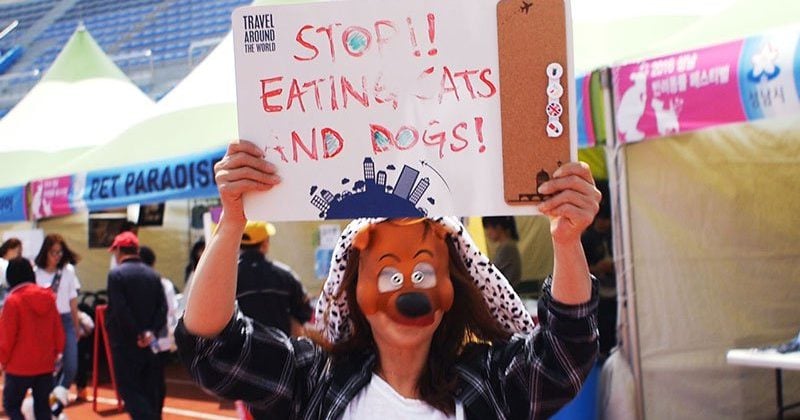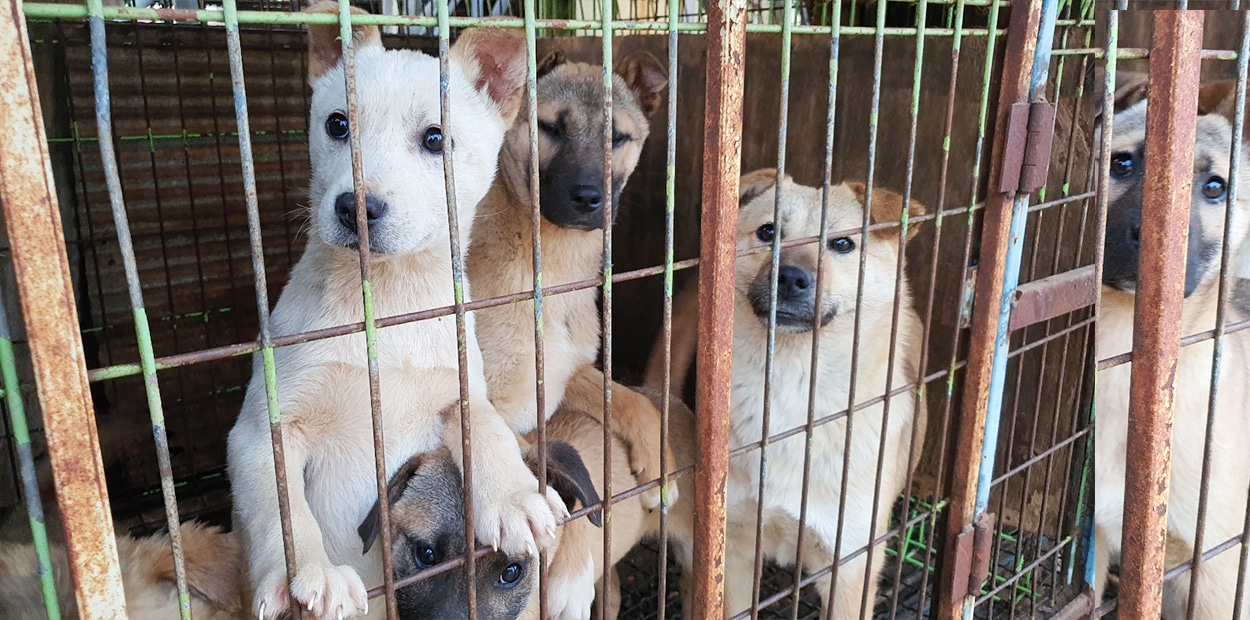A Life is a Life and One Worth Saving
Is rescue about saving as many lives as possible, or trying to help those who need it the most? Should it be about quantity or quality? This question is difficult to answer, but in short, it depends on our capacity at any given time.
As a rescue, we are inundated with emails and messages every day asking for help, and the unfortunate truth is that while we are actively doing everything in our power to help, we cannot do it all. Between our own dog meat rescues who are still rehabilitating and the tireless work with our partners who work around the clock, our plates are full and we are continually bursting at the seams. For much of the time, we cannot offer what we do not have.
Opportunity Costs
Some in rescue work towards maximizing the number of dogs they can help. However, this comes at a cost. The bottom line and end goal of rescue is to ensure the dog has found a forever home to live out the rest of its days being cared for physically, medically, and emotionally. In theory, one could rescue all the dogs in the world, who would be safe from harm but remain homeless nonetheless. What happens when dogs are rescued with complicated ailments or suffer from behavioral issues?
It is a common and sad fact that even the most well-connected rescues have their limitations, be it human or financial resources. When a dog requiring extensive medical or training needs is brought to the rescue, it means a significant amount of resources will be devoted to said dog, with an expectation it will take longer than average to find their forever home once their rehabilitation is complete, adding to overall costs. This is especially true for larger breed dogs. In doing so, it means the resources that could otherwise have saved 10 dogs are being put toward 1 single dog. It also means that in order to maximize the number of dogs a rescue can help, those who are deemed too “difficult of a case” are humanely euthanized to give a chance to those with greater potential. Oftentimes, those who need our help the most end up at the top of the euthanasia list.
A Right to Live
Yes, choosing to help one dog when 10 others could have been saved is a significant opportunity cost. However, we would rather see it in a different way – every life is worth saving and given the chance to live their best lives. When we commit to shutting down a dog meat farm or pulling dogs from euthanasia, we do so for better or worse, in sickness and health, and leave no dog behind once in our care. We commit every resource available to them, and any extra capacity is put towards helping other dogs in need.
When we shut down the Dangjin dog meat farm in September 2018, among them were 7 of our Dosa (also spelled Tosa) dogs. Also known as the Korean mastiff, Dosas are a common breed found on dog meat farms and often stigmatized as a “dog meat breed” due to their large size and physical resilience. By far the most marginalized breed in Korea, they are overbred for meat farming purposes and stereotyped as feral and aggressive. When we took possession of the farm and worked to move the dogs to safety, the dog meat farmer told us they weren’t worth saving, we were wasting our time, and they were better off sold as meat. He described them as “hopeless” and “insane”, and laughed when he told us he would beat them with a stick to “keep them in line”.
A Fighting Chance
Knowing their background, we sent them to training school among a few other rescues who needed help learning to trust. To our surprise, some didn’t need much training at all. But for the rest, could we really blame them for their behavior? Given the treatment they endured on the farm, they were reacting aggressively for a reason. Their behaviors are a result of wanting to live, survive, and defend themselves from harm. When faced with flight or fight instincts (keyword – instinct), they followed their intuition to choose to fight in order to survive. A dog who is “aggressive” has as much right to live as any other dog and wants to live. So as long as they are willing to fight for that right, we are willing to give them a fighting chance.
4 years later, after a lot of hard work with their trainers, our dogs have found their confidence in themselves and in humans. There was no magic or quick fixes – just time, patience, understanding, and a lot of hard work. It took 4 years, but we wouldn’t have done it any other way. From the beginning, we made the staunch decision we would not punish them with euthanasia for actions that were a direct result of mistreatment from humans. They simply needed to learn how to trust and respond in a healthy manner, and in the end, they did.
What Then? What Now?
Having the difficult task of needing to turn opportunities away is not one we take or handle lightly, and is one of the most disheartening aspects of rescue. This is why promoting education and awareness is equally as important in our work as rescuing dogs is. Such programs are pivotal in addressing the root problems of pet homelessness and overpopulation in order to prevent them, from issues of backyard breeders/puppy mills, responsible pet ownership, and breaking down stereotypes of rescue dogs. Our Dosa rescues may be more extreme cases, but we’ve also experienced dogs who settle in almost immediately after adoption as if they have lived there all along. Every case is different, and there is never a shortage of a dog in need.
Subscribe for Updates
Get our dogs in your inbox once a month, along with our latest news and events. We never send spam, and you can opt out at any time.
